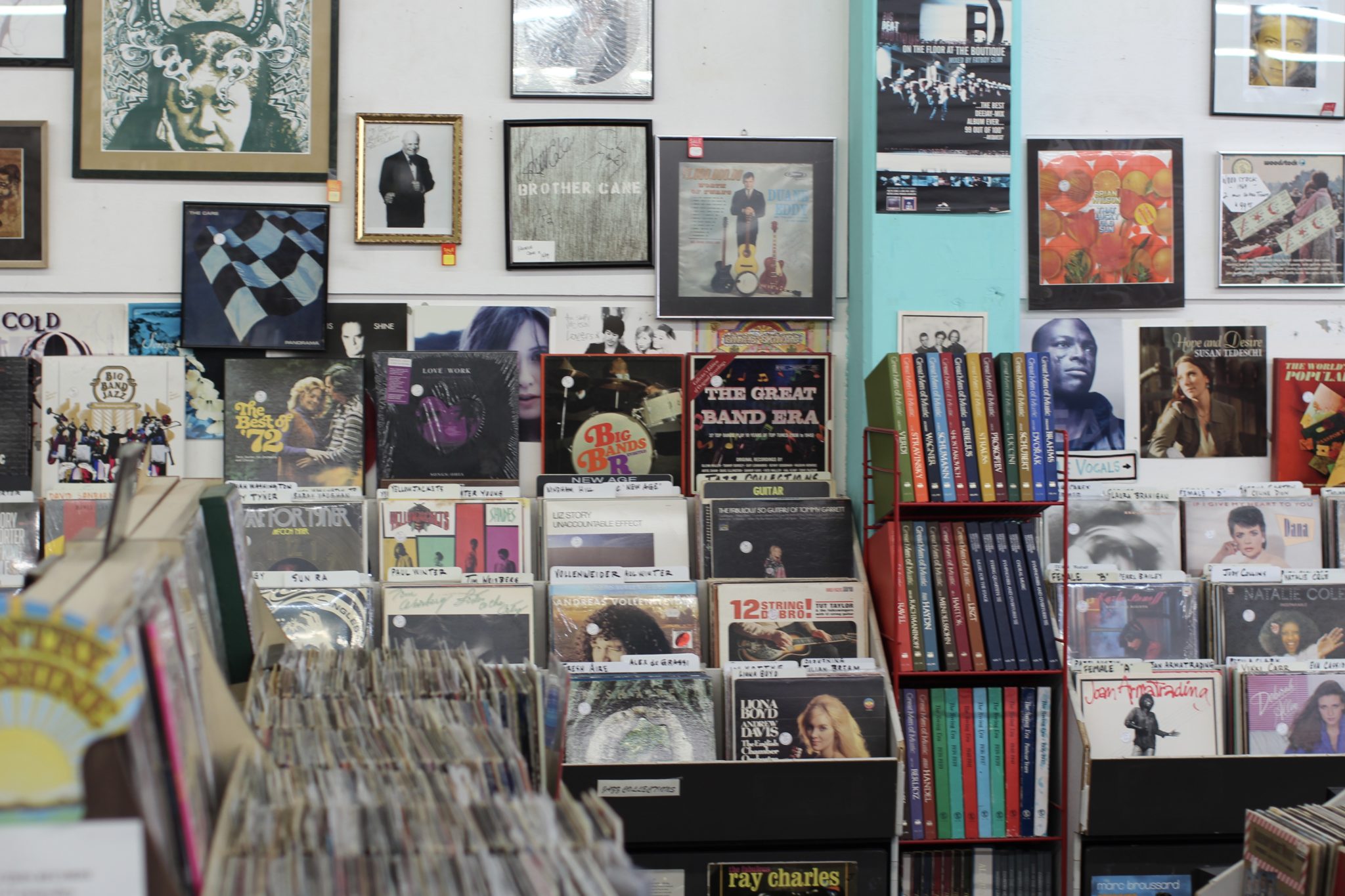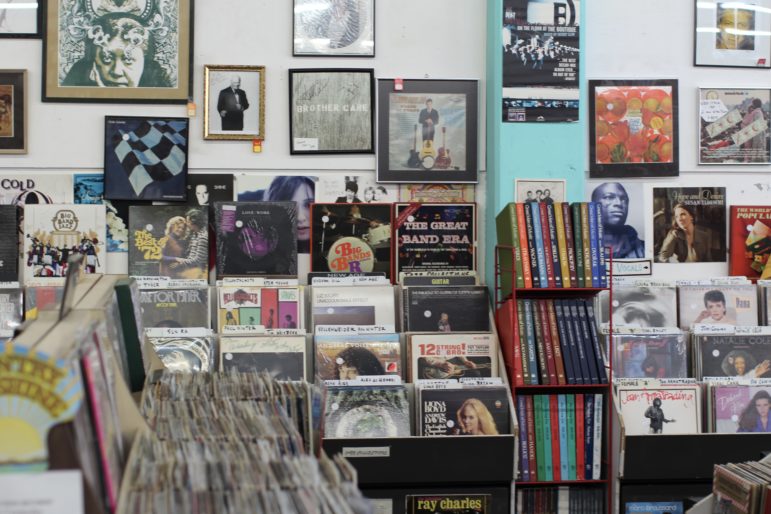
Accounting for nearly $232.1 million in music sales, vinyl record sales have surpassed CD sales for the first time since the 1980s. According to CNN, for over a decade, vinyl revenue has consecutively increased, whereas CD sales have declined rapidly.

Introduced in the 1940s, vinyl records have been around for almost a century and were the most popular way of listening to music for many years. Eventually, with newer technology, CDs quickly took over and were successful up until the end of the 20th century. Following the trend of CDs, streaming services were introduced in the early 2000s with the intention to provide listeners with an endless supply of music accessible to them by their own devices. Since then, most people have grown accustomed to this quick form of entertainment. Recently, vinyls have reemerged in popularity among younger generations.
There are many possible explanations for the increase in vinyl record sales over the years from technical sound, eye appeal and nostalgia. For senior Kyle Canton, owning vinyl records is a both physical and musical experience.
“My favorite part is [admiring] how personal [the vinyl record] is,” Canton said. “Every time you open up a record, there’s always a bunch of pictures or a letter to thank the listener of the album. Sometimes it’s just the artwork on the inside, [and] it just looks cool.”
These special features add to the average $20 price of vinyl records, but the personal connection makes the cost worth it. While visuals may initially attract the eyes of shoppers, the favoritism towards vinyl records goes far beyond what meets the eye.
Thomas Predovich, owner of Vinyl Solutions Records in San Mateo, attributes the output to popularity.
“Vinyls are not going away because there’s too many people that love [them], and the sound is much warmer,” Predovich said. “[Unlike CDs or downloads], there’s no compression [on vinyl records]. It’s just a full emotional sort of vibration that comes out of the record that the artists produced in the studio or live event and … it carries over much better with the vinyl.”
In order for online streaming or MPEG Audio Layer-3 files to store music, the recording must be compressed into a small file that fits thousands of recordings into a single device. In vinyls, people are able to get the full sound that the artists intended to release.
“It’s just a lot more different from digital,” said senior Jonah Diolula. “Those little imperfections in the sound … [vinyls are] a lot better in my opinion.”
Mass manufacturing of vinyl records persisted up until the 1980s. After this point, the production of records gradually petered out. When the companies transitioned to making CDs widely available to the public, CDs became the most efficient way to store music up until around 2003, when digital music began to take over. The music industry shifted again with the digital era, leaving less than 20 vinyl record pressing plants remaining in the U.S. today. Due to the scarcity of vinyl records, they have grown more valuable throughout the succeeding years.
“Some records are just more rare because artists put their music that hasn’t been released on Spotify or Apple Music,” said senior Ella Tarara. “[People] would go chase after these records. My whole life, we’ve had a crazy amount of records, and my hallways are just filled with them now. It’s just something that we’ve always appreciated.”
The appeal of vinyls transcends generations, starting with older generations who grew up with vinyl records to others who have discovered a newfound appreciation for them. Predovich has seen the generational gap in his store where the customers from 12 to 70-year-olds will flock to the store, influenced by their shared love for music.
“Kids [come] in with their parents or parents [come] in with their teenagers … and [shop] for records and [talk] about music,” Predovich said. “[They express] what they like, what their parents should buy, listen to [and] what they should listen to from their parents. … It’s amazing.”
Vinyls have become a way for people to connect with others, regardless of the seemingly drastic age differences. As for the future of vinyls, it is still unknown. Due to economic implications related to the COVID-19 pandemic in addition to the changing trends in buyers preferences, vinyls remain in the hands of the customers’ interests. Despite other speculative uncertainties, one thing remains certain: the personal appeal and original sound continues to ensure that vinyl records are not going anywhere for years to come.
